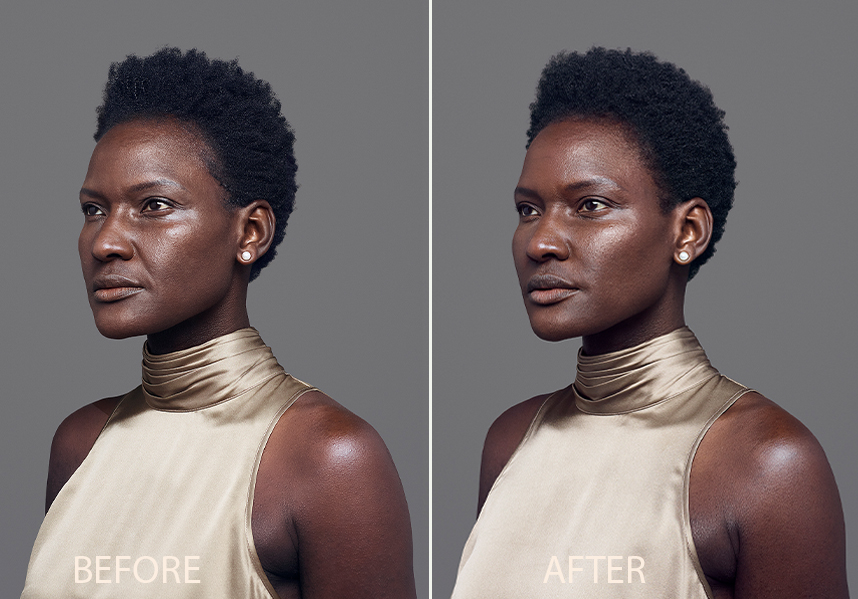The New RHA Fillers are Here—This Is What You Need to Know
In the world of injectables, brand names like Juvéderm and Restylane have become synonymous with hyaluronic fillers known to smooth, plump and reshape areas where there’s a volume deficit. Now, a new family of fillers by Revance Theraputics called RHA 2, RHA 3 and RHA 4 have entered doctor’s offices stateside, and while their debut here makes them a new to us, they’ve been available in Europe for more than five years.
To find out how these fillers stack up to what’s already on the market, we spoke with Beverly Hills, CA dermatologist Ava Shamban, MD, who also served as lead investigator for the RHA 2, 3 and 4 clinical trials.
NewBeauty: Which RHA filler work bests for different areas of the face?
Dr. Shamban: The main difference between each filler is the amount of crosslinking between them. RHA 2 is best for perioral lines and to augment the lips. It can also be used for the radial cheek lines and in higher levels of dermis for more surface level smoothing. RHA 3 can be used for nasolabial folds and commissures, or the corners of the mouth. RHA 4 is most appropriate for deeper nasolabial folds and for deeper lines in the lower face and jawline. It’s also been used off-label in the midface to contour the cheeks.
NB: The word “movement” comes up when describing how these fillers perform. How does movement come into play when injecting dynamic areas of the face?
Dr. Shamban: Yes, the movement component is key with these fillers. The optimal improvement with filler is when the face looks equally as good at rest as when in motion. These fillers integrate very well into the tissue which means they will be undetectable and provide what I call a “softer” result.
Because RHA is most similar to the native hyaluronic acid present in our skin and adapts so well to our tissue, it allows for greatest flexibility. We are therefore able to deliver an exceptional result for patients at every angle all the way through the entire length of movement in their most dynamic facial areas.
NB: Can you explain what crosslinking is and the specific way the RHA fillers are crosslinked that make them unique?
Dr. Shamban: Free hyaluronic acid present in skin care and our native HA breaks down rapidly and is metabolized in about 48 hours. To prevent this occurrence in dermal fillers, these HA chains are crosslinked with chemical proteins that are suspended. The fewer chemical proteins and less modifications and additional processes required in the manufacturing process yield a purer and ultimately cleaner product.
The difference between RHA and first-generation hyaluronic dermal fillers is the fewer chemical modifications and crosslinking in longer chains of HA. Therefore, the RHA product most closely resembles native product in our body for both flexibility in usage, natural results and longevity. This is what makes them undetectable regardless of facial movements and as I always say—we only want to see results, not the product.

The post The New RHA Fillers are Here—This Is What You Need to Know appeared first on NewBeauty.
from NewBeauty https://ift.tt/3iBDWZz

0 Comments